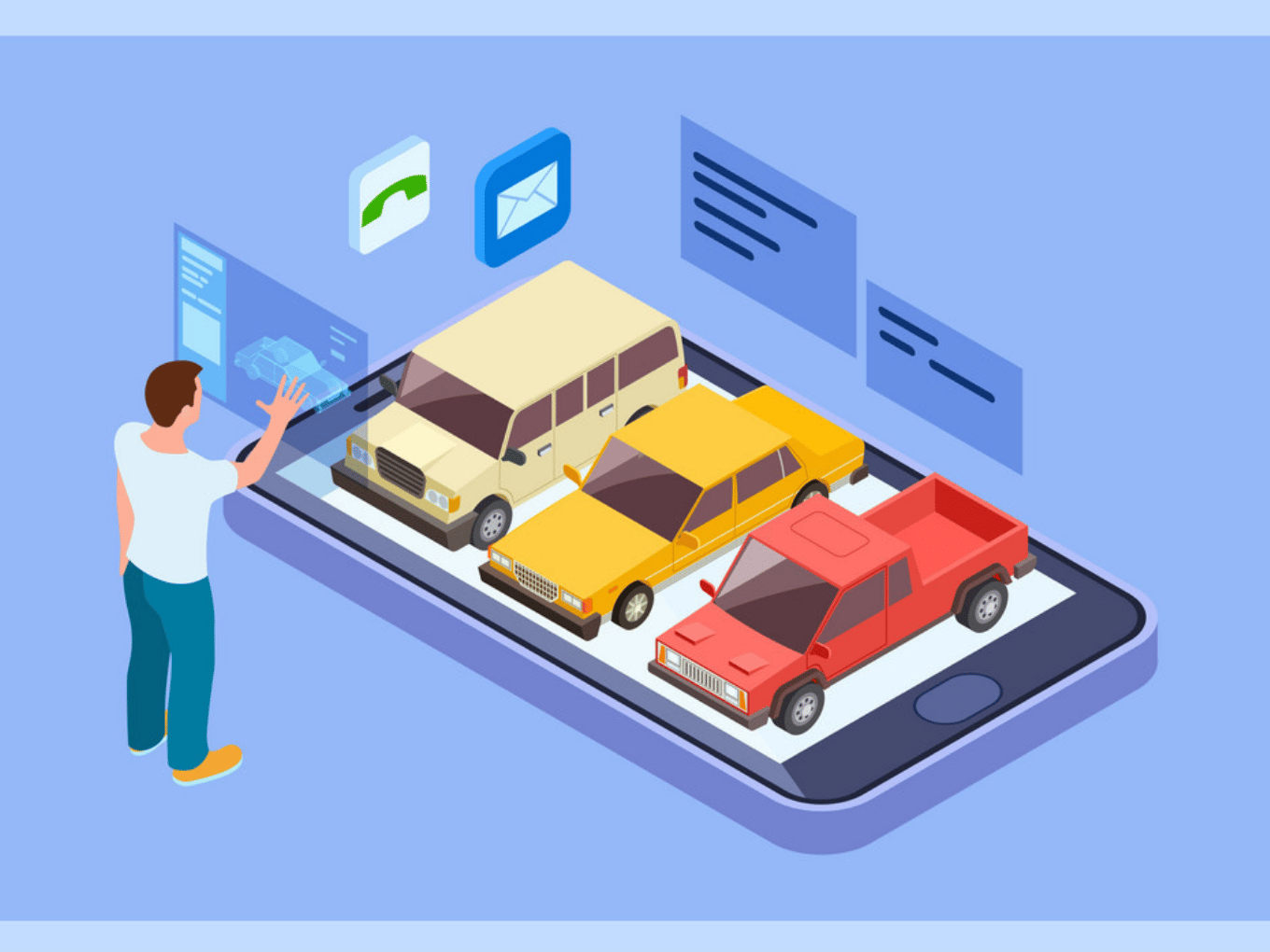
From a brief introduction in the early 1990s to the $400 Bn market opportunity by 2030, ecommerce has witnessed quite an explosion
Prior to the pandemic, only 32% responded positively to online purchases of vehicles. But now the number has risen to around 64%
Successful ‘digital first’ go-to-market strategies of new-age EV brands have encouraged legacy brands to jump on the bandwagon as well
India saw the wisps of what ecommerce had to offer in 1991. However, it failed to gain momentum as the internet remained unavailable to the masses. But as years passed, by the end of the decade, the internet did become accessible but it still remained a luxury for most Indians.
Then came the launch of IRCTC in 2002, an online reservation system that lead to the explosion of ecommerce in India. People started realising that the internet could serve as a useful tool. Soon followed by ecommerce giants, Flipkart and Amazon, the realm of possibilities exploded.
Quite recently, the internet scenario in the country changed massively after Mukesh Ambani introduced free Reliance Jio sim cards. This one move lead to an explosion of the Indian user base which led to high ecommerce adoption rates among the public — right from buying groceries, and gadgets to purchasing automobiles online.
Automobile Retailing Shifted Gears To Ecommerce
The pandemic has changed quite a few things — the auto industry being a surprising one. The traditionally retail-focussed auto industry has had to adapt fast to changing consumer needs. 2020 saw the demand for two-wheelers rise and people’s desire to visit physical showrooms fall. This intensified the need to shift to a digital marketplace for automobiles. Original Equipment Manufacturers (OEMs) and dealers chose to adopt a digital model to thrive.
That’s how the automobile industry shifted gears to ecommerce.
Yet, unlike many digital commerce industries, automobile merchants are following an omnichannel approach. Consumers are presented with two channels to make a purchase — physical and digital. With a potential customer base of millennials and gen Zs who value convenience and speedy delivery over everything, the auto ecommerce industry has a wide scope ahead of itself.
In fact, new age EV brands like Bounce and OLA Electric decided to go ahead with a ‘digital first’ go-to-market strategy and they experienced a high number of bookings on their online platform. As a result, the auto space witnessed legacy brands like Hero and Bajaj jumping on the bandwagon by supplementing their offline presence with an ecommerce one.
Consumers In The Driver’s Seat
According to a study, 92% of customers research and compare automobiles before making a purchase, and the average time spent is 8.5 hours. This is a clear indicator of the fact that by the time they reach the showroom they’ll know the make, price, and model they wish to buy.
Prior to the pandemic, only 32% responded positively to online purchases of vehicles. But Covid-19 saw the number rise to around 64%. Numerous other factors have contributed to this change in heart — a surge in demand for two-wheelers, a preference to commute using own vehicle over public ones, attractive financing options and an easy buying process, among others. Taking advantage of this, the Indian auto space has seen many startups disrupt the ecosystem.
Not to mention, an upsurge in demand for contactless test drives, paperless documentation, digital financing, and home delivery of vehicles helped shift the paradigm. This shift to a home digital shopping experience makes it quite evident that there is no going back to the traditional model of buying.
Perks Of Automobile Ecommerce
- All Brands In One Place: A company has the advantage of tailoring the customers’ experience through an ecommerce platform. Targeted ads help nudge customers to the right place for making a purchase. Additionally, they also get the opportunity to compare vehicles of different brands simultaneously, look through product pages, and order auxiliary parts if they wish to. All of this can be made accessible through an automated ecommerce platform.
- Break Geographical Barriers: Historically, the physical showrooms were confined to certain locations only which presented a challenge for both customers and dealers. Customers had to drive to the dealership for test drives which made the market share limited to dealers. But with ecommerce, everything, right from vehicle booking to servicing is made available through a website or an app.
- Cut Costs And Simplify Operations: Ecommerce has not only enabled companies to expand their market but also to view their supply chain from a different perspective. In conventional dealerships, the vehicle used to stay in inventory until it was purchased which took up a lot of space. Now, dealers have the option to expand their inventory by including vehicles that are not on the lot but sitting in a factory.
- Embracing New Ownership Models: Only companies that were agile could thrive at the onset of the pandemic. So we saw a lot of advancements and innovations during this time. For instance, we witnessed the leasing model gain more ground wherein the customer doesn’t need to own the vehicle.
Summing up
The pandemic has been a boon and a blessing to the automobile industry. The public took to auto ecommerce with enthusiasm as they got accustomed to speedy and contactless delivery. Companies that saw this opportunity and seized it generated revenue by staying ahead of the curve.
Yet, dealers and OEMs have not fully transformed to a digital model, with most preferring an omnichannel approach. Such a model allows a customer to place an order for the vehicle online, book an appointment for a test drive and perform it either at their home or onsite. Ultimately, this leads to an elevated user experience for customers and increased dealership revenue.































 Ad-lite browsing experience
Ad-lite browsing experience